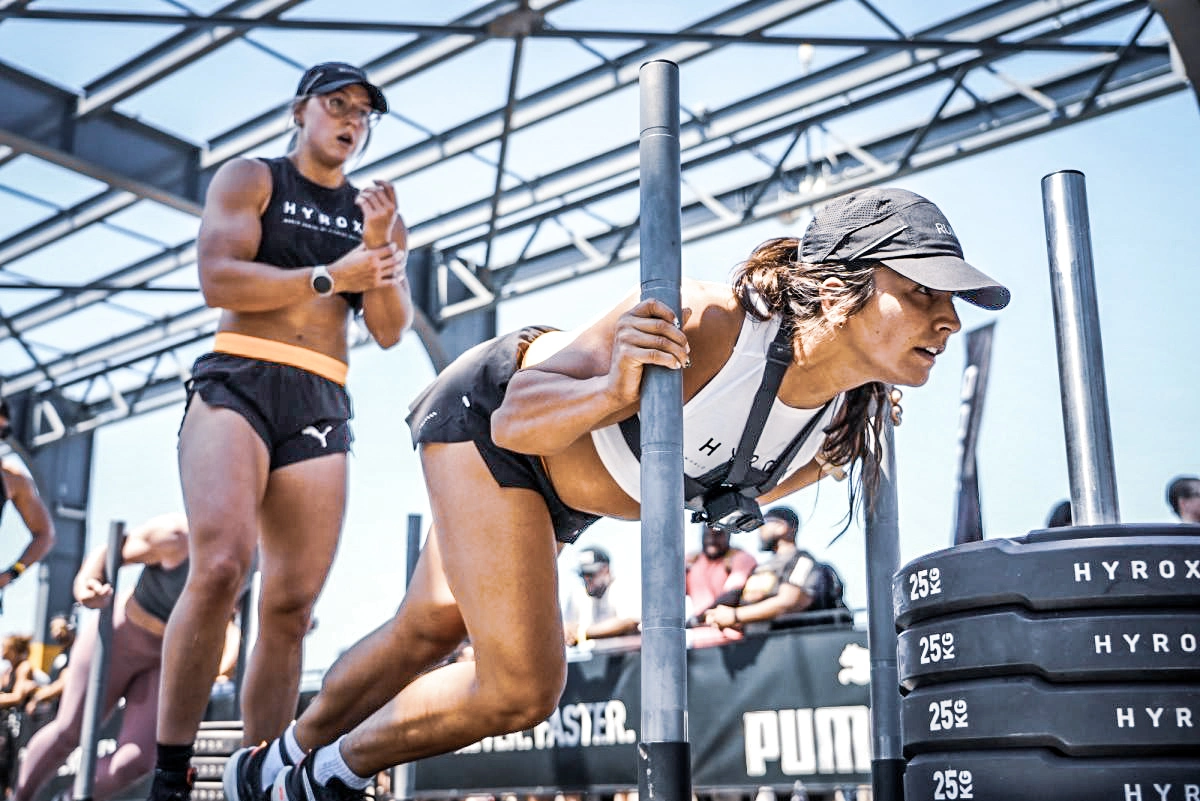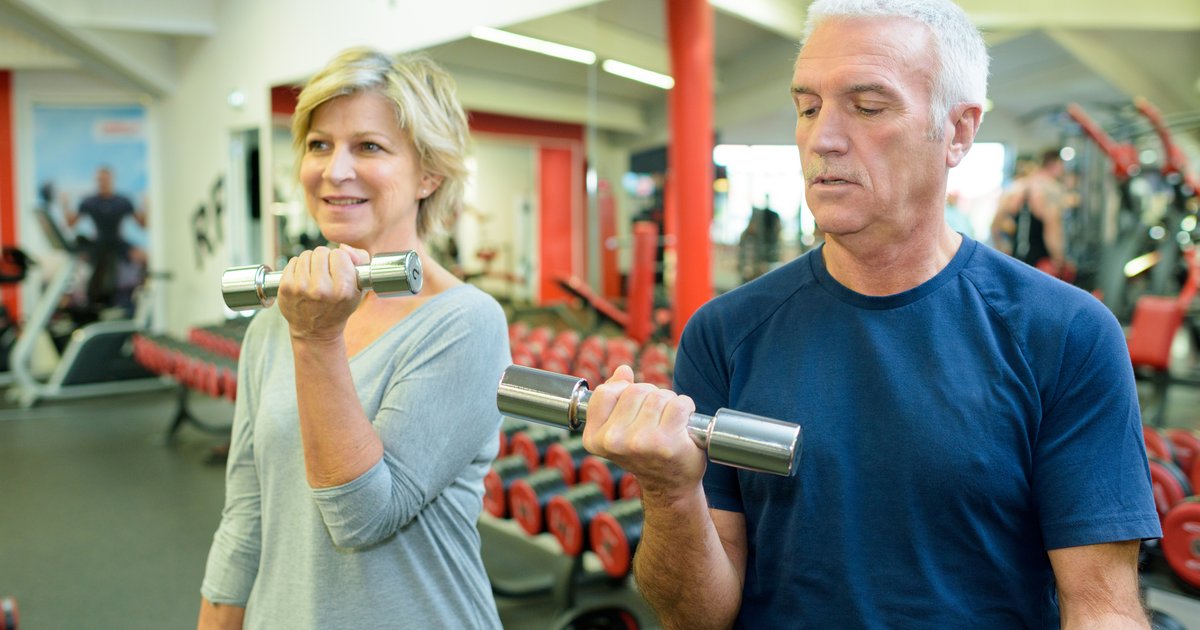Do you live in the fittest city in America? Check these ranking and find out.

More South, Midwest cities found to have the worst diets
A poll asked people “Did you eat healthy all day yesterday?”
USA TODAY
Living near parks, bike trails and green space is as important as being motivated when it comes to achieving your fitness goals, experts say.
Not all communities provide such amenities.
Those that hit all the marks showed up in the annual American Fitness Index released Tuesday by the American College of Sports Medicine (ACSM) and the Elevance Health Foundation. The index ranks the nation’s 100 largest cities on 33 personal and community health indicators. The index measures whether people in a city walk and bike to work and how much a city spends on public parks. It also assesses a city’s food security, smoking rates, overall mental health and the quality of sleep residents get.
This year Arlington, Virginia, Washington, D.C. and Seattle ranked the nation’s three fittest cities, according to the index.
Shantanu Agrawal, chief health officer of Elevance Health, said a community’s environment and the social support it provides greatly influence the overall health of individuals.
“If people don’t have the right environment around them, whether it’s the built environment or access to mental health services, food services, whatever the case may be, that’s going to affect your health and health outcomes,” Agrawal said.
In a study last month, the World Health Organization warned that since 2010 a growing number of adults aren’t getting enough exercise. A lack of physical activity puts people at risk of heart attacks and strokes, Type 2 diabetes, dementia and certain cancers.
The American College of Sports Medicine recommends people get at least 150 minutes of moderate-intensity aerobic activity every week and muscle-strengthening activity twice a week. The 2024 index found that only 51% of adults met the aerobic activity recommendations, and just 24% met both the aerobic and strength activity goals.
Exercise professionals say they’d like 80% of adults to meet the weekly aerobic activity threshold, according to ACSM President Stella Volpe. She said the purpose of the index is to remind community leaders about the importance of fostering overall community health. That might include investing in hiking and biking trails, public parks or pedestrian-friendly places. As such, the fitness index highlights a community’s built environment slightly more than individuals’ health habits.
“We want to look at communities because that’s what we feel impacts public health and why people might get out more,” Volpe said.
This city is on top – again
Arlington, Virginia ranked as the nation’s fittest city for the 7th consecutive year. The Northern Virginia county ranked first in community and environmental indicators and fourth in personal health indicators. Among Arlington’s strengths: nearly 88% of residents said they had exercised in the previous month.
Volpe said Arlington’s abundant outdoor activities reminded her of the lifestyles she’d observed on a recent trip to the Netherlands.
“When I think of a city like Arlington, it does have that culture,” Volpe said. She said the city’s built environment – parks, bike paths and walking trails – feed into an overall culture of health.
Arlington also scored well on other measures: 76% of residents get at least seven hours of sleep per night and just over 3% of residents smoke, the nation’s lowest rate, according to the report.
Washington D.C. and Seattle rank second, third
Washington D.C., just steps across the Potomac River from Arlington, is the index’s second-fittest city. The fitness index ranks municipalities, so multiple jurisdictions within a metropolitan region vie for themselves.
Residents of the nation’s capital scored high marks for eating their fruits and vegetables. Nearly 38% of residents consumed two or more fruits a day − the highest rate among the 100 cities. And more than 21% of Washingtonians said they eat three or more servings of vegetables per day, the second highest rate.
Washington residents also ranked among the top five cities for people getting exercise, using public transportation and biking or walking to work.
Volpe said Washington and Arlington are walkable cities that have good public transportation and safe biking lanes, allowing people to exercise when they’re commuting.
“We forget about active transport,” Volpe said. “We’re walking to work, biking to work or we’re walking to the public transportation that will take us to work,” and often walking from the train or bus station to the office.
Seattle, the third fittest city, residents had the third-highest rate of exercising. The city also ranked third for its public spending on parks. Other cities in the top 10 include San Francisco; Madison, Wisconsin; Minneapolis; Denver; Atlanta; Irvine, California; and St. Paul, Minnesota.
Oklahoma City ranked at the bottom of the list. And Port St. Lucie, Florida; Memphis; Wichita; and North Las Vegas were among the bottom five in the report, which includes 100 individual city rankings.
Mental health concerns persist
The index also cited the role of mental health in a community’s overall health. Nearly 45% of people nationwide reported they were in poor mental health during the previous month. While more were suffering mentally, nearly 38% of respondents said they were in poor physical health.
The index noted disparities among people who could not afford to access mental health services. Volpe said the percentage of people reporting poor mental health spiked after the COVID-19 pandemic and has remained steady in the last two years.
Exercise can help improve mental health, Volpe said, but she added that people often lack access to care.
“We need to ensure that people get proper care for mental health,” Volpe said.
Agrawal, from Elevance, said the index evaluates mental health, diet and physical health jointly because they are all related. If someone can’t get healthy and nutritious foods, that can create anxiety. People also might eat sugary, processed foods that raise their risk of diabetes.
“You can’t choose only to be physically healthy or focus only on mental health,” Agrawal said because, in the end, you won’t be fit. ‘You’ve got to focus on all segments of whole health.”
Related
Neck Cloud Launches Cervical Traction Device For US Fitness Enthusiasts
A new cervical traction device is being launched in the US aimed at fitness enthusiasts, offering a safer, more affordable, and more convenie
How Hyrox Took Over New York – and the Rest…
Hyrox returns to New York this May for a follow-up to last year’s NYC event, which put the popular fitness race on the map in America When
Jane Fonda, Yoga and ‘Pumping Iron’: How the 1970s Changed…
“I think of women’s fitness history as B.J. and A.J. — Before Jane and After Jane,” Ken Alan, a kinesiologist who taught aerobics in the 1970s, said in
The American population is aging, and the fitness industry is…
When it comes to men and women over 50 who aspire to live healthy, 2025 could be a banner year. Why? Well, the numbers tell the story, and this year, more than













